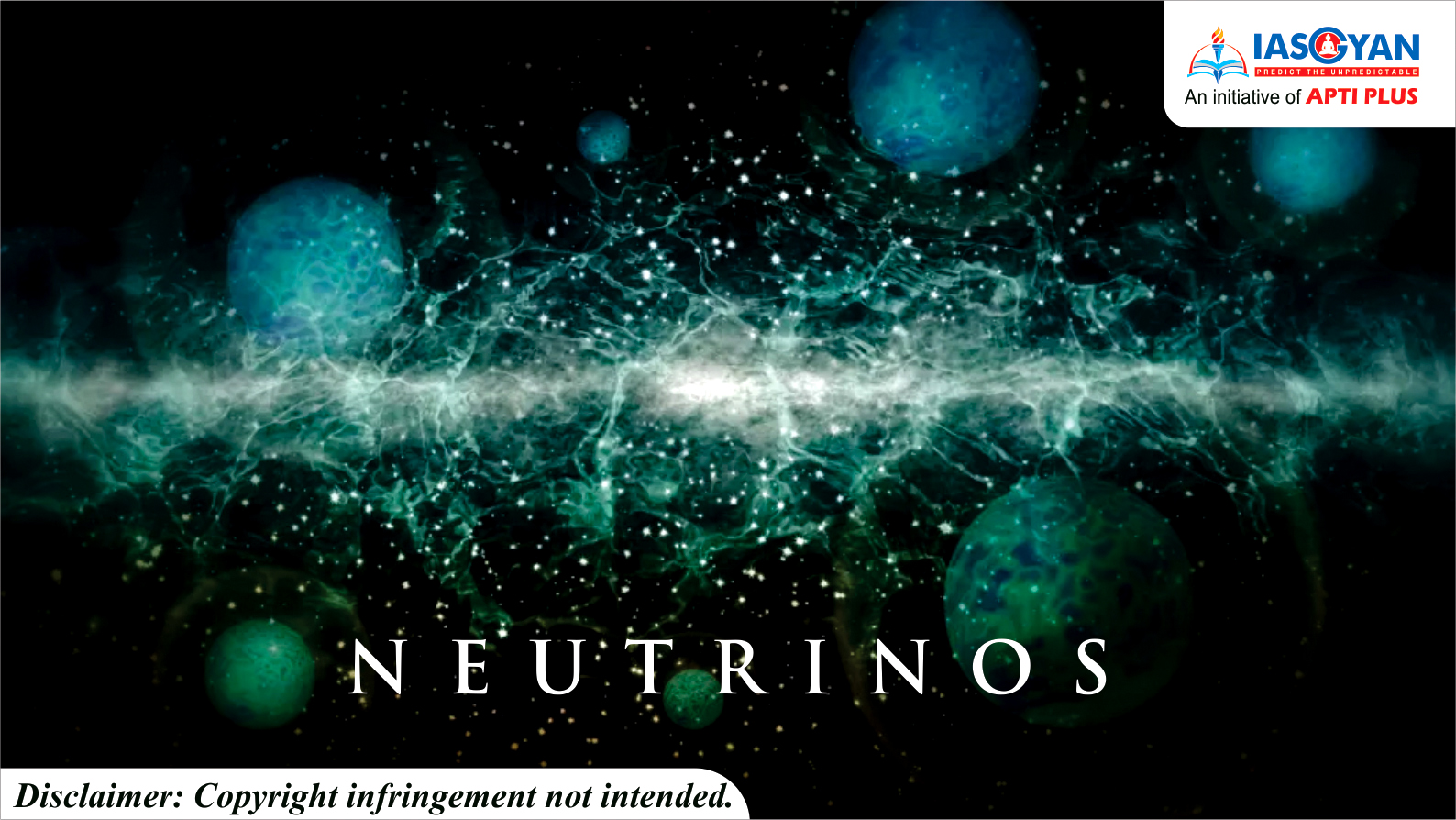




Proton, neutron, and electron are tiny particles that make up atoms. The neutrino is also a tiny elementary particle, but it is not part of the atom. Such particles are also found to exist in nature. Neutrino has a very tiny mass, no charge and spin half. It interacts very weakly with other matter particles. So weakly that every second trillions of neutrinos fall on us and pass through our bodies unnoticed.
Neutrinos come from the sun (solar neutrinos) and other stars, cosmic rays that come from beyond the solar system, and from the Big Bang from which our Universe originated. They can also be produced in the lab.
Neutrinos come in three types or “flavours” – electron neutrino, tau neutrino and muon neutrino.
They can change from one flavor to another as they travel. This process is called neutrino oscillation and is an unusual quantum phenomenon.
How are atmospheric neutrinos produced in nature?
Atmospheric neutrinos are produced from cosmic rays which consist of protons and heavy nuclei. These collide with atmospheric molecules such as Nitrogen to give off pions and muons which further decay to produce neutrinos.
Neutrinos are created by various radioactive decays; the following list is not exhaustive, but includes some of those processes:
The majority of neutrinos which are detected about the Earth are from nuclear reactions inside the Sun. At the surface of the Earth, the flux is about 65 billion (6.5×1010) solar neutrinos, per second per square centimeter. Neutrinos can be used for tomography of the interior of the earth.
© 2025 iasgyan. All right reserved